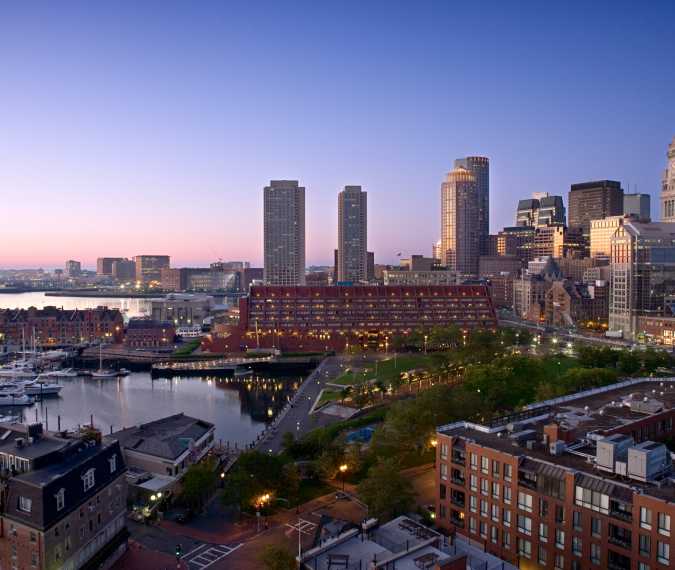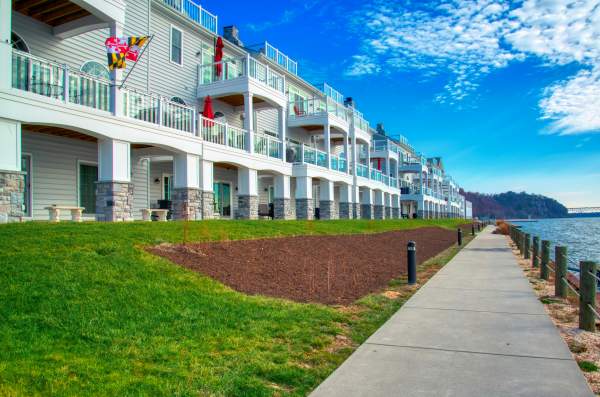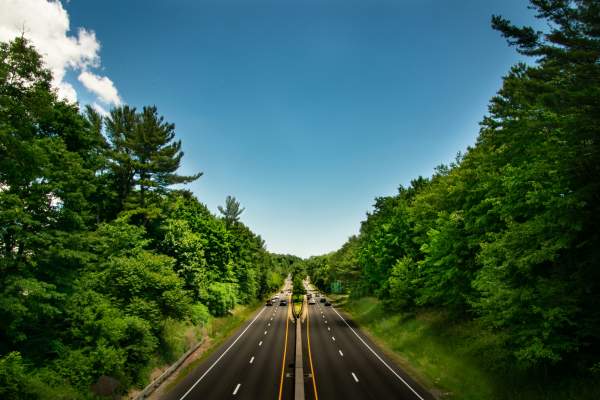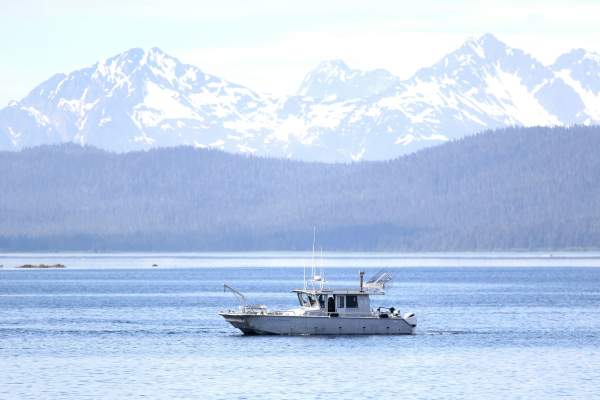
The 10 Most Expensive States To Live In
The United States is a land of diversity—not just in culture and geography but also in the cost of living. While some states offer affordable housing, low taxes, and modest living expenses, others demand a hefty paycheck to cover the basics. But why are some states so much more expensive than others? Several factors contribute to the high cost of living in these areas, from housing and taxes to utilities and groceries.
This article looks closer at the 10 most expensive states, ranking them based on key indicators such as housing costs, taxes, transportation, etc. Whether you're considering relocating or are simply curious, read on to learn why these states claim the top spots for pricey living.
1. Hawaii
High Housing Costs
Hawaii tops the list, and for good reason. With its breathtaking beaches and tropical climate, it’s no surprise that many dream of living here. But those dreams come with a price tag. The median home price in Hawaii is well over $800,000, far above the national average. Even renting is a challenge, with one-bedroom apartments in cities like Honolulu costing upwards of $2,500 per month.
Cost of Imported Goods
Being an island state, Hawaii depends heavily on imported goods. This reliance drives up the cost of groceries, clothing, and everyday items. Milk, for instance, can cost nearly double what you'd pay on the mainland.
Tourism Industry's Influence
Tourism is a major driver of Hawaii's economy but also inflates local prices. From restaurant bills to transportation, the high demand for tourism often makes daily life more expensive for residents.

Photo: unsplash.com/@teapalm
2. California
Housing Market Challenges
California is home to some of the country's most expensive real estate markets. Cities like San Francisco and Los Angeles boast median home prices exceeding $1 million. Renting isn’t any easier—an average one-bedroom apartment in San Francisco costs more than $3,000 monthly.
High Taxes
California’s tax structure also contributes to its high cost of living. With one of the nation's highest state income tax rates, residents feel the pinch on every paycheck. Property taxes further add to the financial strain.
Other Living Expenses
From gas prices (often the highest in the nation) to dining out, California residents consistently pay more than the national average for day-to-day expenses.

Photo: unsplash.com/@gettyimages
3. New York
Urban Living Costs in NYC
New York, especially New York City, is synonymous with high costs. Manhattan is one of the world's most expensive places to live, with median rental prices for a one-bedroom apartment exceeding $4,000 per month. The suburbs may offer slightly lower rates, but housing costs throughout the state remain high.
Transportation Expenses
Living in New York often means relying on public transportation. While the subway is affordable compared to driving, the cost of monthly passes and taxis can increase. Tolls, parking fees, and gas are notoriously expensive for those who own cars.
Taxes and Healthcare
New York imposes steep state and city taxes, which affect residents’ incomes. Healthcare costs in New York are also above the national average, further contributing to its high cost of living.

Photo: unsplash.com/@katelynperry
4. Massachusetts
Education Hub Impact
Massachusetts, particularly Boston, is home to some of the world’s top universities and research institutions. This demand for housing and resources in and around the city significantly drives living costs. Students, academics, and professionals compete for limited housing, pushing prices upward.
Healthcare Costs
Massachusetts has a reputation for excellent healthcare, but quality comes at a cost. Residents face some of the highest healthcare expenses in the country, from premiums to out-of-pocket costs.
High Demand for Housing
The Boston metropolitan area is booming, and housing supply has struggled to keep up with demand. This imbalance has led to skyrocketing rental and real estate prices, with median home values over $600,000.

Photo: unsplash.com/@gettyimages
5. Alaska
Geographic Challenges
Alaska's remoteness makes it one of the most expensive states. Shipping goods and materials to the state is costly, and these expenses are passed on to consumers. Even everyday items like bread or milk cost twice as much as in other states.
Energy and Utilities
The cold climate in Alaska means residents rely heavily on heating, driving up utility bills. Electricity costs are also higher due to the lack of traditional power grids in many areas, requiring reliance on more expensive energy sources like diesel.
Limited Availability of Goods
Because Alaska is so far from significant supply chains, there are fewer options for goods and services. This limited availability drives prices higher, especially in rural and remote areas.
6. Maryland
Proximity to D.C.
Maryland's cost of living is heavily influenced by its proximity to Washington, D.C. The demand for housing from high-income professionals working in the capital has led to inflated prices, especially in counties like Montgomery and Howard.
Housing and Taxes
Maryland boasts some of the highest property taxes in the nation, which, combined with steep housing costs, make it an expensive place to live. Even renting is costly, with average rents exceeding $1,800 per month in many areas.
Healthcare and Education Costs
While Maryland offers high-quality public services, including schools and hospitals, these come at a premium. Residents often pay more for healthcare and education than those in other states.

Photo: unsplash.com/@mrgeecee
7. Connecticut
Property Taxes and Affluence
Connecticut is home to some of the wealthiest communities in the United States. This affluence drives up property values and, consequently, property taxes. Towns like Greenwich and Westport are costly, with multi-million-dollar homes being the norm.
High Housing Costs
Real estate in Connecticut is among the most expensive in the country. Even renting a modest apartment can cost over $2,000 monthly in certain areas, particularly near New York City.
Transportation and Utilities
Connecticut residents often commute to major cities for work, which means high transportation costs, including gas, tolls, and train fares. Utilities are also above the national average, further increasing monthly expenses.

Photo: unsplash.com/@chriscantlose
8. New Jersey
Proximity to Major Cities
New Jersey's high cost of living is partly driven by its proximity to New York City and Philadelphia. Many residents commute to these urban centers, and housing near transportation hubs is expensive.
Property and Income Taxes
The Garden State is known for its high property taxes, among the highest in the nation. These taxes, combined with state income taxes, contribute significantly to the cost of living.
Cost of Commuting
Expenses like tolls, train fares, and fuel add up quickly for commuters. While convenient, the PATH train and NJ Transit are not cheap daily travel options.

Photo: unsplash.com/@meditative
9. Washington
Rising Housing Market
Washington State, notably Seattle, has recently experienced a housing boom. Median home prices in Seattle are over $800,000, and rents are similarly high, with one-bedroom apartments averaging more than $2,500 per month.
Technology Industry Influence
The presence of tech giants like Amazon and Microsoft has driven up wages and living costs. The influx of highly paid professionals has created fierce competition for housing and services.
Other Living Costs
In addition to housing, residents face higher-than-average costs for groceries, dining out, and recreational activities. Washington’s eco-conscious policies also contribute to higher energy prices.

Photo: unsplash.com/@joshhild
10. Oregon
Urban Development
Portland's rapid growth and popularity have made it one of the most expensive cities in the Pacific Northwest. The demand for housing has outpaced supply, leading to rising real estate prices.
Environmental Taxes and Policies
Oregon is known for its environmental initiatives, which, while beneficial, can increase residents' costs. Green policies raise taxes on energy and utilities.
Day-to-Day Expenses
Oregon's grocery, healthcare, and transportation costs are above the national average, making it a costly place to live despite its natural beauty and progressive culture.

Photo: unsplash.com/@peterbucks



